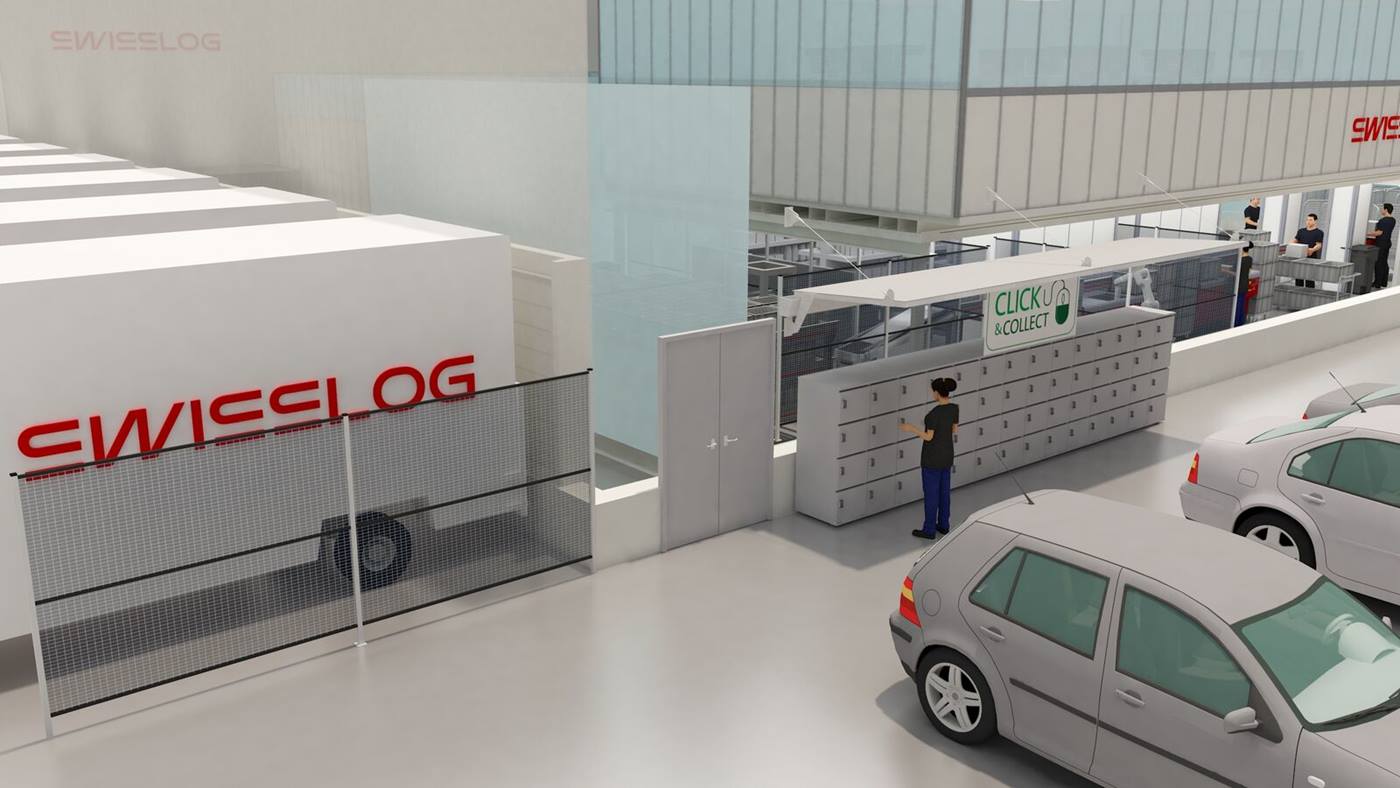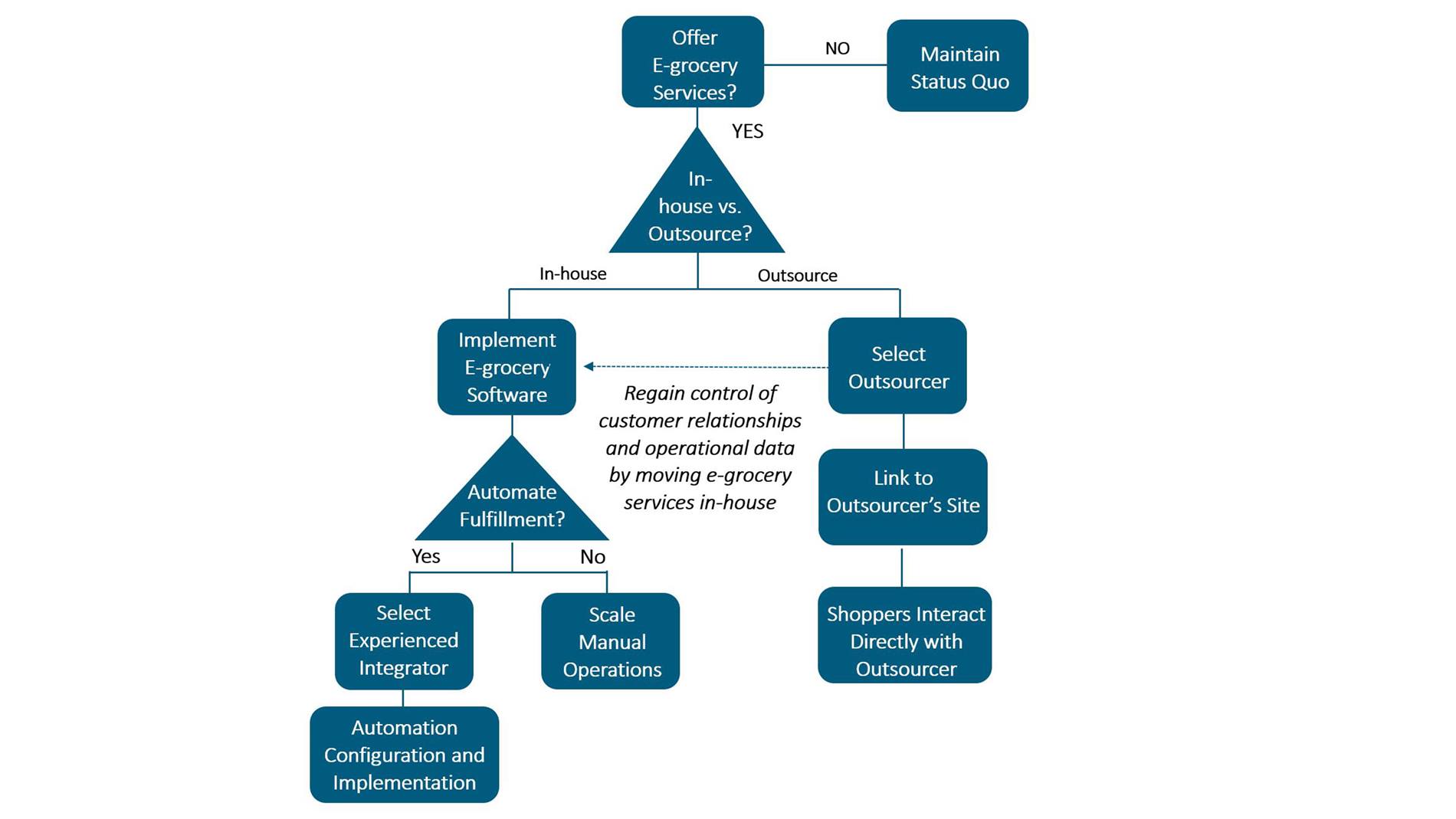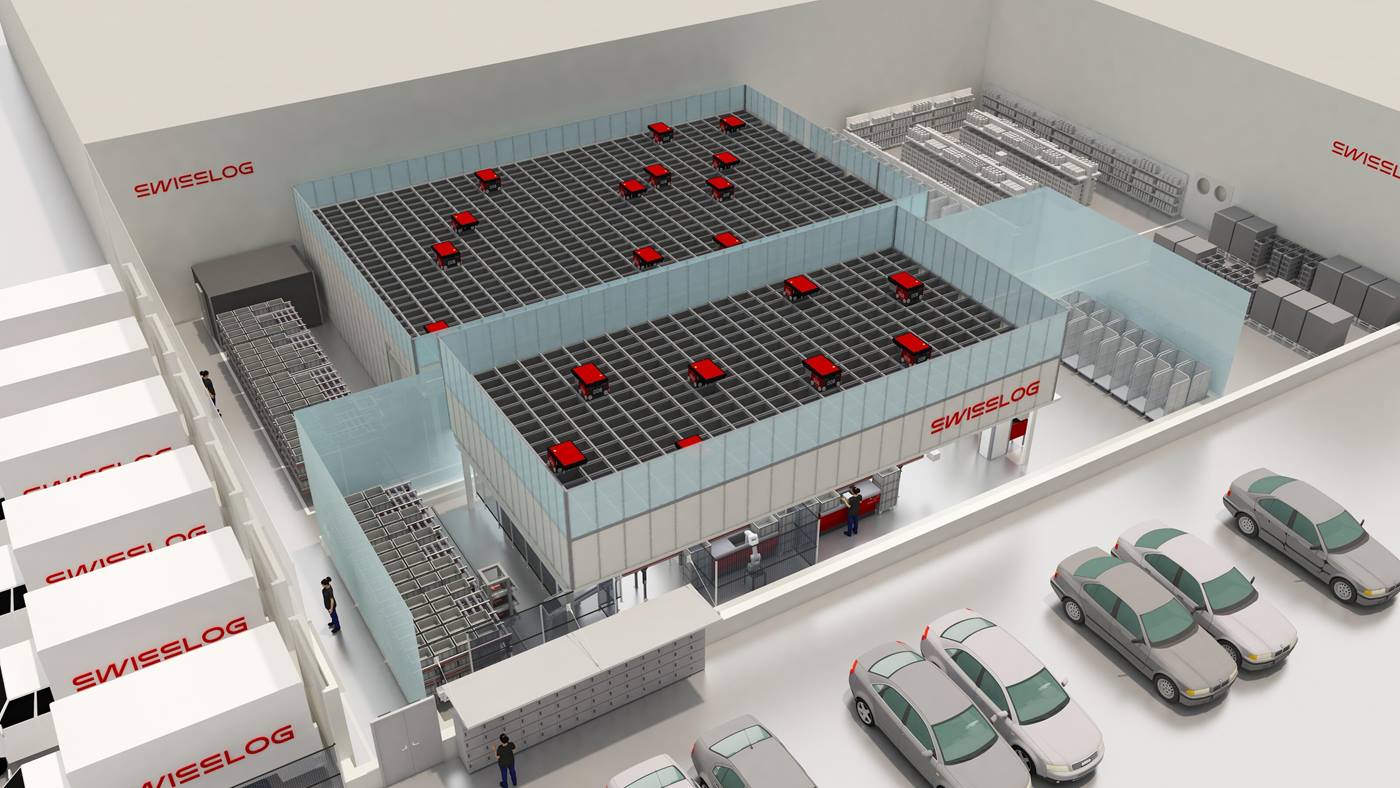Starting at the Beginning
With e-grocery order volumes expected to account for more than 11% of total U.S. grocery sales in 2022, grocers just beginning to offer e-grocery services would be wise to anticipate rapid acceptance of those services.
If you’re at that point, you face one of the most important decisions you’ll make on your e-grocery journey: whether to manage e-grocery in-house or outsource it to a third party. The prospect of tapping into an existing e-commerce sales and fulfillment infrastructure can be appealing but it carries a steep price.
When you turn e-grocery over to another organization you lose control of the customer relationships and brand experience you’ve worked hard to build. Your customers will order through the third-party site and interact with employees of the third party when they receive their orders. The more orders they place, the less they become your customers and the more they become customers of the third party.
The relationship is similar to one that was formed in the late 1990s when e-commerce was first emerging. A major bookstore chain decided it would be simpler to have an e-commerce specialist fulfill their online orders through a co-branded relationship rather than building their own e-commerce business. The relationship worked fine for the retailer until it came time to renew. That’s when the e-commerce company pulled out, taking the retailer’s customer data and relationships with them. They didn’t need the books from the retailer—they could get those directly from publishers and distributors—and their business continued to grow. But the decision to outsource proved catastrophic for the retailer, which did not survive the e-commerce revolution. It isn’t hard to see this scenario playing out in the grocery sector in the coming years.








